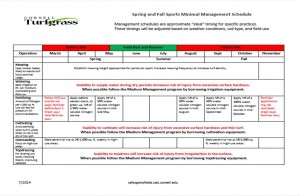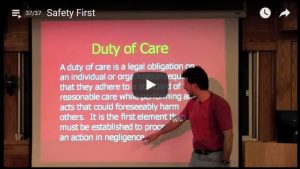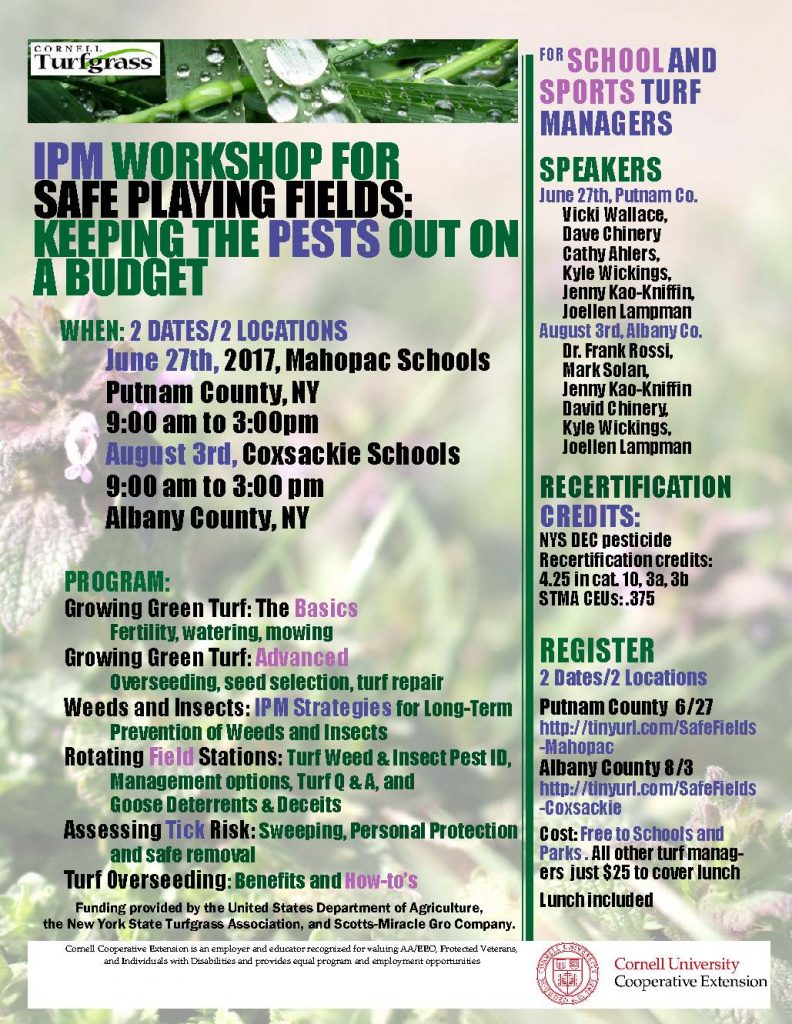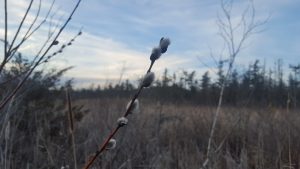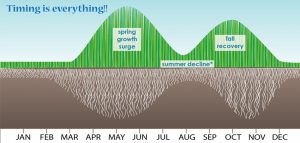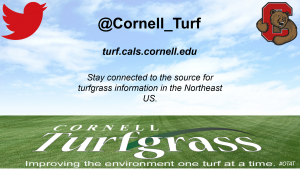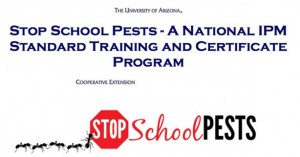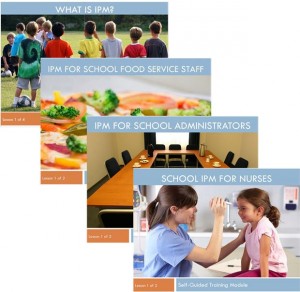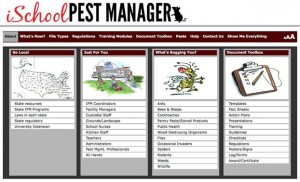The winter solstice has always been special to me as a barren darkness that gives birth to a verdant future beyond imagination, a time of pain and withdrawal that produces something joyfully inconceivable, like a monarch butterfly masterfully extracting itself from the confines of its cocoon, bursting forth into unexpected glory. – Gary Zukav

Winter solstice. Photo credit: nicolas_gent flickr
It’s now officially winter, but even now there are steps you can take to improve your fields for the spring season.
- Attend educational programs – The Cornell Turf Team presents at numerous events during the winter months. Check our Facebook events pages for events near you. NYS IPM Program staff presentations can be found here. Your local BOCES also offers seminars. Don’t hesitate to give them suggestions for topics you are interested in learning more about. Can’t find a presentation near you? Check out the Cornell Turfgrass sports turf resources. You don’t need to dedicate much time out of each day on the website to greatly increase your turf management knowledge.
- Check out the Field Management Schedules at http://safesportsfields.cals.cornell.edu/schedules. On deck: dormant overseeding. These schedules can also help you in developing (and defending) your budget.
- Conduct site assessments for each field to direct resources (products, equipment, labor) to areas with greatest need. While you won’t be able to rate turf color or feel of ground, you can assess bare spots and where ice is accumulating – both areas to target for aerification, topdressing to raise low spots, and overseeding. For more information, visit http://safesportsfields.cals.cornell.edu/site-assessment. Once the growing season begins, be sure to update your site assessment.
- Develop or adjust field scheduling protocol – It takes a village to maintain safe, healthy fields and now is good time to begin or continue conversations about field scheduling. We have covered this topic at http://safesportsfields.cals.cornell.edu/field-scheduling. If you need help in convincing administrators, athletic directors, and coaches in the importance of investing in and protecting sports fields, the half hour presentation by Dr. Frank Rossi on Duty of Care covers a topic sure to prick up their ears – liability.
- Maintain equipment – In between snow removal and frantic bed bug calls, make sure those mower blades are sharp and balanced. Spring will be here before you know it.
For the most up-to-date information on sports field management, follow the Cornell Turfgrass Program on Facebook and Twitter.

